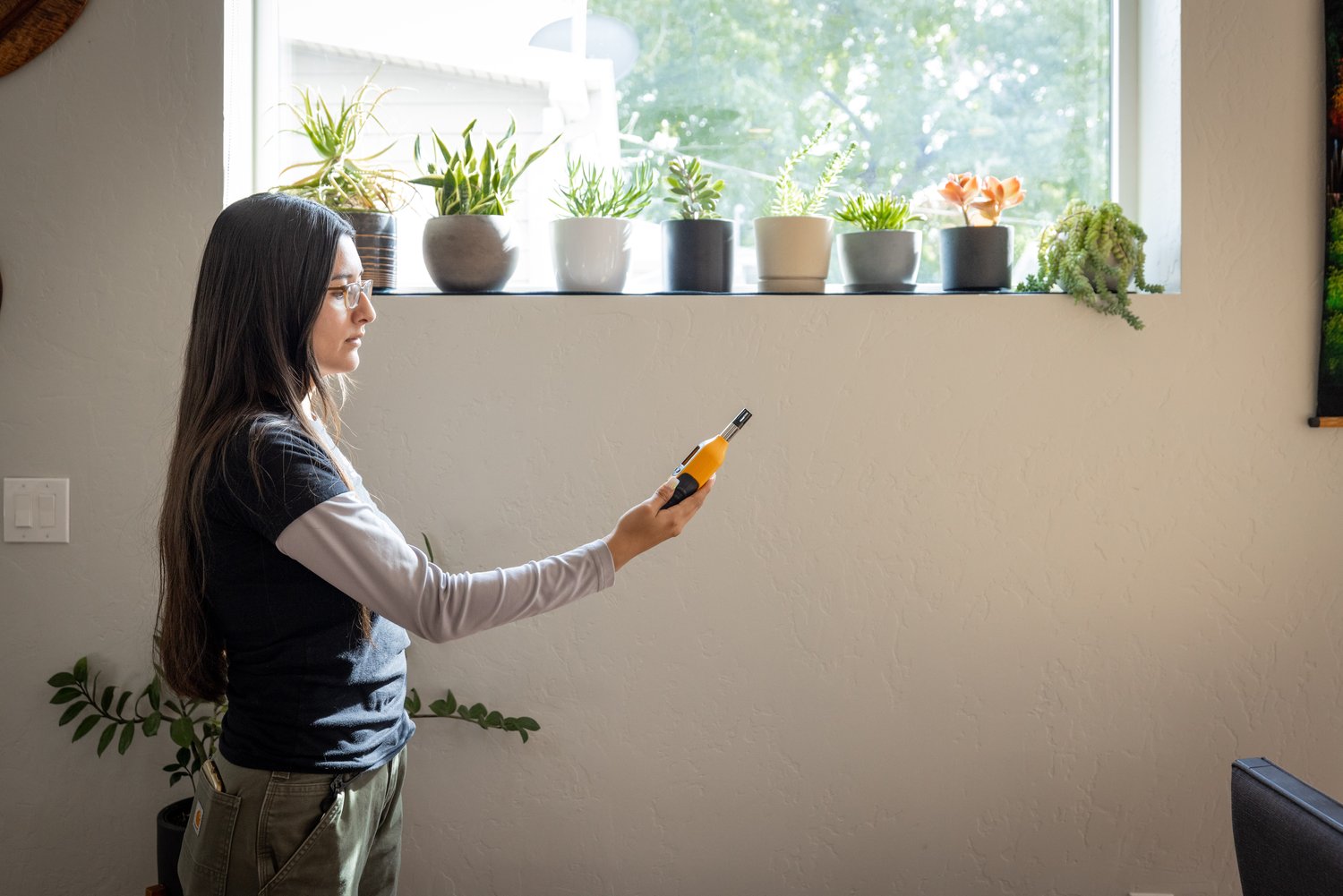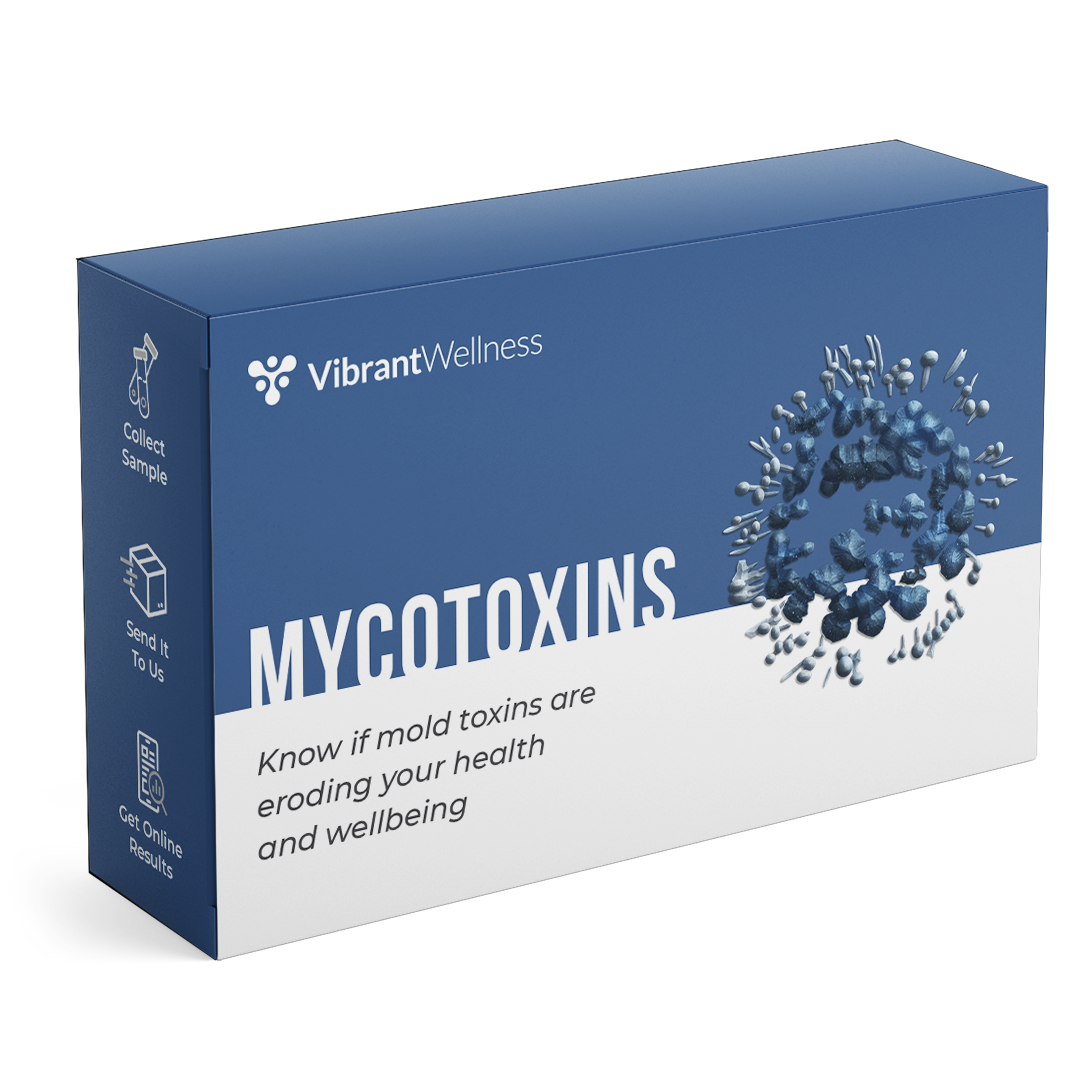The Requirement of Mycotoxin Examining in Agricultural Products to Make Certain Customer Security
The requirement of mycotoxin screening in farming products is a vital aspect of public wellness and safety that warrants thorough exam. Mycotoxins, harmful substances generated by specific fungis, can penetrate different crops, leading to significant health and wellness threats for customers, such as cancer causing results and body organ damage.
Comprehending Mycotoxins
Mycotoxins, hazardous additional metabolites generated by certain fungis, provide a significant risk to agricultural products and human health and wellness. These substances are created by numerous species of molds, such as Aspergillus, Fusarium, and Penicillium, which can contaminate crops both pre- and post-harvest - Mycotoxin testing Services. The most common mycotoxins include aflatoxins, ochratoxin A, fumonisins, zearalenone, and deoxynivalenol (DON)
Mycotoxin contamination can occur under specific environmental problems, such as high moisture and temperature, which favor the growth of mold and mildew. Agricultural items like grains, nuts, flavors, dried fruits, and coffee are particularly vulnerable. The presence of mycotoxins in these commodities can bring about significant financial losses as a result of reduced plant returns and the requirement for extensive testing and decontamination procedures.
Recognizing the biochemical nature and development of mycotoxins is crucial for creating efficient mitigation strategies. Study has actually revealed that mycotoxins display a series of chemical structures and homes, making detection and removal tough. Advanced analytical methods, including chromatography and mass spectrometry, are made use of to identify and evaluate mycotoxins in agricultural items, making sure that contamination levels continue to be within safe restrictions established by governing bodies.
Health And Wellness Risks of Mycotoxins
Provided the substantial risks associated with mycotoxins in farming items, understanding their effect on wellness is paramount. Mycotoxins, harmful second metabolites generated by fungi, posture severe risks to both animal and human wellness.
Intense mycotoxin poisoning, although less typical, can trigger instant and extreme health issue such as liver damages, gastrointestinal disruptions, and hemorrhaging. Ochratoxin A, another powerful mycotoxin, is connected to kidney damages and has prospective cancer causing results. Fumonisins, largely affecting maize, are linked with esophageal cancer cells and neural tube issues.

Typical Resources of Contamination
Understanding the common sources of contamination is critical for properly managing and reducing the dangers presented by mycotoxins. Mycotoxins are poisonous second metabolites produced by certain sorts of fungi, which can contaminate agricultural products at various stages of handling, manufacturing, and storage. The main sources of contamination consist of field conditions, post-harvest handling, and storage space settings.
Area problems play a substantial duty, with factors like weather condition, plant sensitivity, and dirt health and wellness influencing fungal growth. Plants such as corn, peanuts, wheat, and tree nuts are especially vulnerable to mycotoxin-producing fungis like Aspergillus, Fusarium, and Penicillium species. Insufficient crop rotation and poor parasite monitoring can worsen the danger of contamination.
Post-harvest handling is one more important phase where contamination can happen. Mechanical damage throughout harvesting and transportation creates access points for fungi, while improper drying out methods can leave moisture degrees high enough to sustain fungal development.
Storage settings contribute considerably to contamination threats. Improperly preserved storage space facilities with high humidity and temperature level degrees develop excellent conditions for read more mycotoxin manufacturing. Routine evaluations and correct storage problems are crucial in suppressing this risk.
Mycotoxin Testing Approaches
Effective administration of mycotoxin contamination pivots not just on recognizing potential sources however additionally on implementing robust screening approaches to detect these damaging substances. Mycotoxin screening approaches can be broadly categorized into immunochemical and chromatographic strategies.
On the various other hand, enzyme-linked immunosorbent assay (ELISA) and lateral flow assays project immunochemical approaches. ELISA, in particular, is widely used because of its cost-effectiveness, convenience of use, and rapid turnaround time. Lateral flow assays supply fast, on-site screening capabilities, making them suitable for field applications where instant choices are essential.
In addition, advancements in molecular biology have actually presented PCR-based methods efficient in discovering mycotoxin-producing fungi at hereditary levels, providing a predictive technique to contamination danger. Incorporating these diverse techniques boosts the integrity and comprehensiveness of mycotoxin discovery, ensuring that farming items fulfill safety and security read this post here criteria and shielding customers from prospective health and wellness dangers.
Benefits of Normal Examining

Normal mycotoxin testing uses considerable benefits that dramatically reinforce farming security and top quality. One of the primary benefits is the protection of customer health. Mycotoxins, hazardous compounds produced by certain fungis, can contaminate food and posture significant health dangers, including cancer cells and intense poisoning. Regular testing makes certain that contaminated products do not get to customers, thereby alleviating carcinogen.
In addition, regular screening aids in maintaining the integrity and track record of farming manufacturers. By carefully managing and keeping an eye on mycotoxin degrees, manufacturers can prevent expensive recalls and legal effects. This not just makes certain conformity with rigid worldwide security requirements however likewise promotes consumer trust and commitment.

Final Thought
The need of mycotoxin screening in farming products is highlighted by the significant health and wellness dangers posed by these harmful substances. It improves the credibility of producers and cultivates trust within the farming supply chain, ultimately protecting public wellness.
The necessity of mycotoxin screening in agricultural products is a critical aspect of public health and wellness and safety that requires extensive evaluation. Mycotoxins, poisonous substances generated by specific fungi, can penetrate different crops, leading to substantial health threats for consumers, such as carcinogenic effects and organ damage.Mycotoxins, poisonous additional metabolites produced by certain fungi, offer a substantial threat to agricultural items and human health and wellness.Given the substantial threats associated with mycotoxins in agricultural products, recognizing their influence on wellness is critical (Mycotoxin testing Services).The requirement of mycotoxin screening in farming products is his explanation underscored by the considerable wellness risks postured by these poisonous compounds